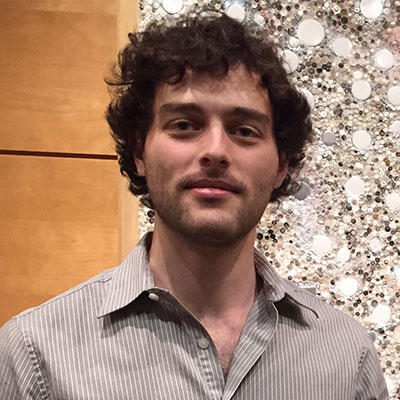
Selected Awards and Fellowships
Dr. Jonathan B. Curtis
Jonathan joined the Narang Lab in fall of 2020 as a Harvard Quantum Initiative Postdoctoral Fellow. He received his B.S./B.A. at University of Rochester in Physics and Math and his Ph.D. at University of Maryland, College Park in Physics. At Maryland, he worked on a range of topics in condensed matter and AMO physics, including cavity control of superconductors, ultra-cold atomic gases, and quantum optics. At Harvard, he worked to understand how light interacts with quantum matter and how this can be used to gain understanding and control over quantum materials.
At UCLA he is continuing this work, focusing primarily on nonequilibrium dynamics of quantum materials induced by intense electromagnetic radiation, the optics of two-dimensional quantum materials like graphene, and quantum optics and cavity quantum electrodynamics of solid-state systems.
Fun fact: In between calculations, Jonathan enjoys exercising, playing music, eating food, and drinking vast amounts of coffee.
